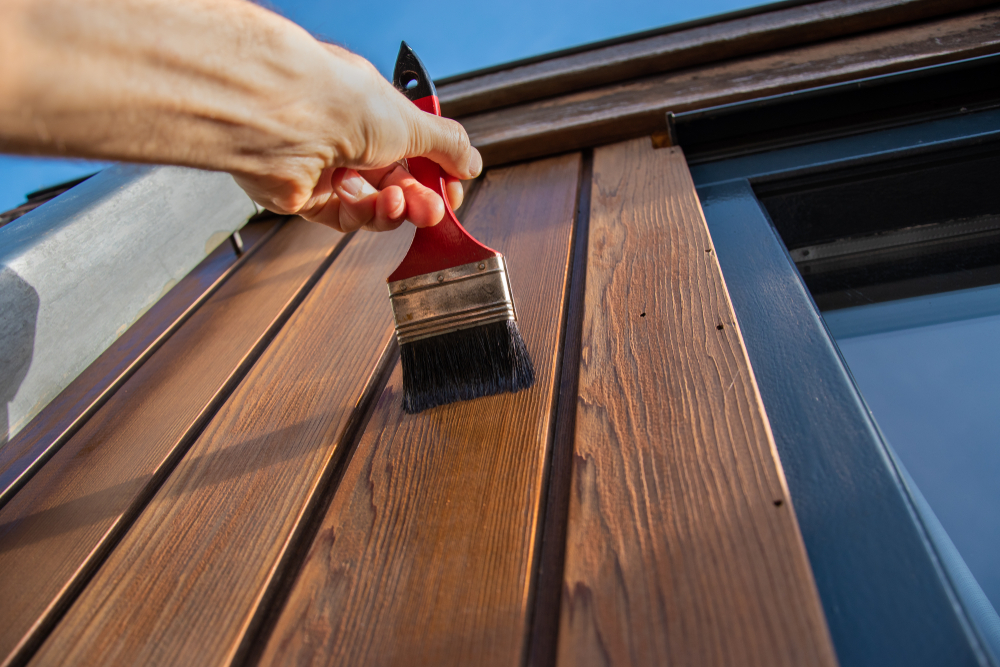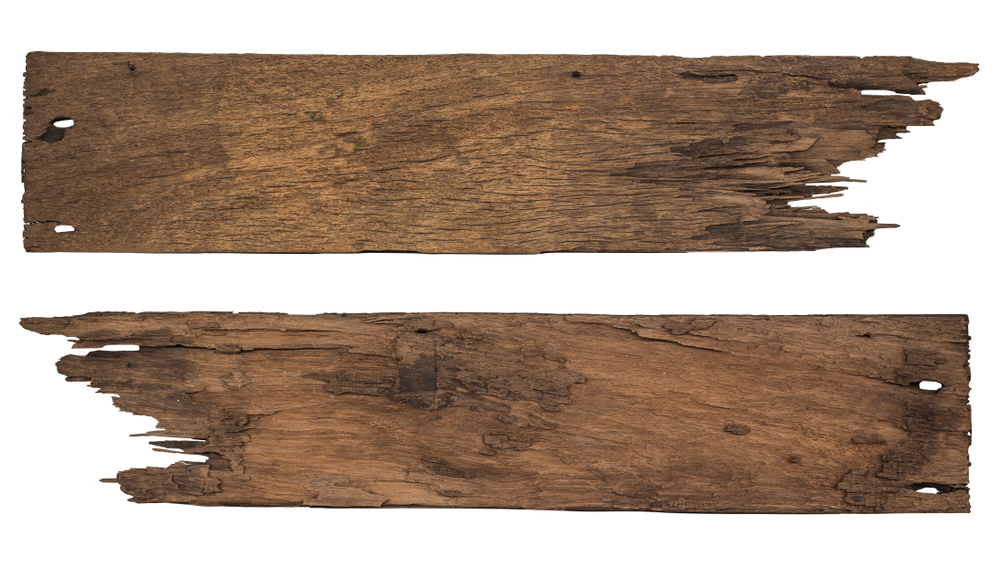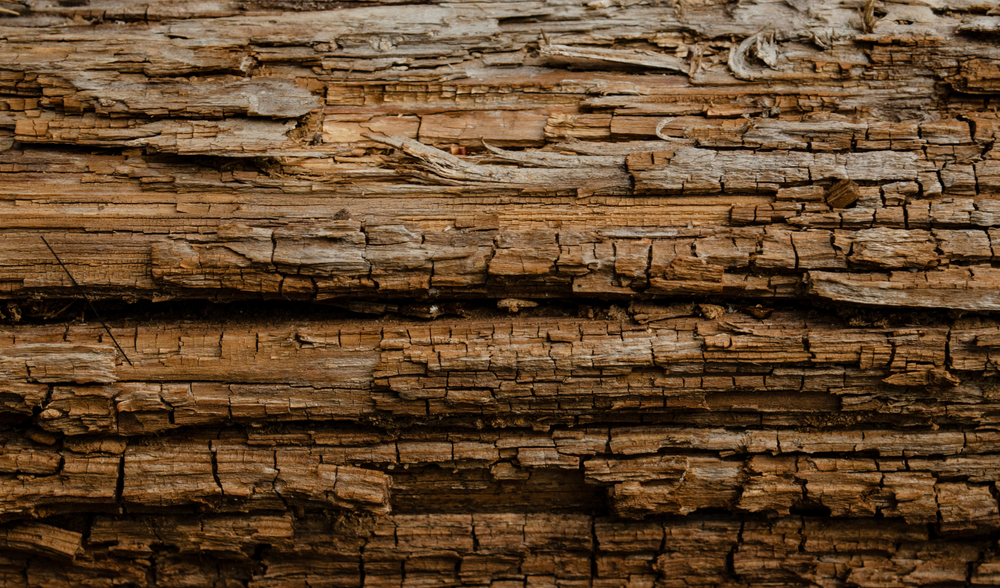Timber furniture is stunning, durable, and full of character, but like anything organic, it can be vulnerable to mould. If you’ve found yourself Googling how to get mould off timber furniture, you’re in the right place.
Mould can appear suddenly, especially in humid or poorly ventilated areas, and it’s not just an eyesore. Left untreated, it can damage the finish, stain the wood, and even weaken the structure. But don’t worry—there’s a safe, effective way to clean it without harming your furniture.
Let’s walk you through exactly what to do, why it happens, and how to stop it from coming back.
Why does mould grow on timber furniture?
Mould spores are naturally present in the air, and they only need a few things to thrive: moisture, warmth, and poor air circulation. Timber, being porous and organic, can absorb moisture, especially if it’s in a humid room or stored outdoors without protection.
Common causes of mould on timber furniture include:
- High humidity levels indoors
- Damp or unsealed surfaces
- Poor airflow around furniture
- Spills or condensation left uncleaned.
This is why you might notice it more often in bathrooms, basements, or outdoor entertaining areas. Even well-crafted, sealed timber can be vulnerable under the right conditions.

Step-by-step: How to get mould off timber furniture
1. Act quickly—but gently
The longer the mould sits, the deeper it can penetrate the wood grain. Start by moving the affected piece outside or to a well-ventilated space. This helps reduce exposure to more spores and makes cleanup safer.
2. Dust off the surface
Wear gloves and a mask to avoid breathing in spores. Use a soft brush or cloth to gently sweep off surface-level mould. Avoid scrubbing at this stage—vigourous movement can push the mould deeper or scratch the timber.
3. Clean with a mild vinegar solution
Skip harsh chemicals. Instead, mix a 50/50 solution of white vinegar and warm water. Dampen (don’t soak) a soft cloth and gently wipe the mould-affected area. Vinegar naturally kills many types of mould and won’t damage the finish like bleach might.
For tougher patches, allow the vinegar solution to sit for 10 minutes before wiping again.
4. Dry thoroughly
Timber must dry completely after cleaning. Use a clean, dry cloth to blot any excess moisture, then leave the furniture in a breezy, sunlit space for several hours. Sunlight helps inhibit further mould growth.
5. Re-seal if needed
If the finish has dulled or been removed during cleaning, consider reapplying a timber oil or sealant. This adds a protective barrier against future moisture.

How to stop mould from coming back
Once you’ve cleaned it up, it’s all about prevention. Here’s how to protect your furniture for the long run:
Keep humidity low
Use a dehumidifier in rooms that tend to get damp, and open windows when possible to improve airflow.
Let furniture breathe
Avoid pushing pieces flush against walls. Allow some space for air to circulate behind and underneath. For items like dining tables, rotate table runners or cloths regularly so no area stays covered and damp.
Clean and oil regularly
Routine cleaning keeps mould at bay, while occasional applications of a quality timber oil help repel moisture. Think of it as skincare for your furniture.
Choose the right timber
Some timbers naturally resist moisture and decay better than others. At Jarrimber, we work with durable, premium-grade Australian hardwoods like:
- Jarrah: Dense, rich in colour, and naturally resistant to rot.
- Marri: Striking and character-filled, but best kept indoors in stable climates.
- Tasmanian Oak: Light and modern in appearance, it benefits from regular oiling in humid environments.
Choosing the best timber for your climate and home setting can help minimise the risk of mould and extend the life of your furniture.
Can outdoor timber furniture get mouldy too?
Absolutely. Outdoor settings are even more prone to moisture buildup, especially after rain or in shaded areas. If you notice a green or blackish film on your outdoor table or chairs, that’s likely surface mould or mildew.
The good news? You can use the same vinegar-based method above to clean it, followed by a weather-resistant oil or finish designed for outdoor use.
And if you’re considering investing in handcrafted timber for alfresco areas, Jarrimber’s dining range includes robust options designed for the Australian lifestyle—just ask us about care and placement tips.

When to seek professional help
If the mould damage is severe—say, deep into joints or spread across multiple pieces—it may be worth consulting a timber restoration expert. They can assess whether sanding, refinishing, or deeper treatments are needed to fully restore the piece.
That said, early-stage mould is almost always manageable at home with the steps we’ve outlined.
Don’t panic—protect it
Finding mould on your timber furniture doesn’t mean the piece is ruined. By understanding how to get mould off timber furniture quickly and safely, you can protect your investment and keep your space beautiful.
Whether you’re maintaining a family heirloom or one of our handcrafted timber dining tables, a little knowledge goes a long way. For advice tailored to your timber type or finish, feel free to get in touch with us.
Your furniture deserves care, and we’re here to help you every step of the way.

